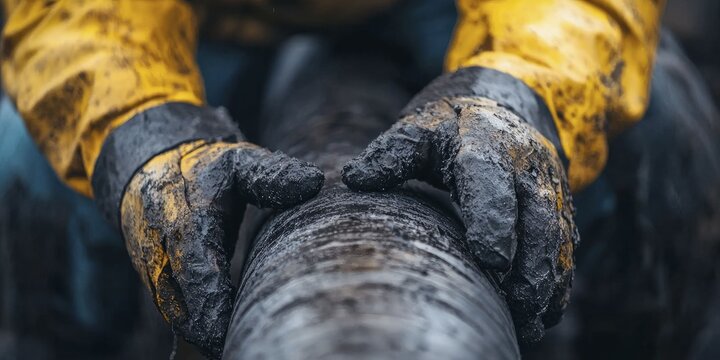Every piece of equipment, product, and material has specific design criteria and an expected lifespan. However, due to potential faults that may go unnoticed during production, fabrication, or service, they may require significant repairs or replacement. Ignoring these unfit conditions for service could lead to unsafe situations or catastrophic failures, resulting in high project shutdown costs.
Table of Contents
1. Ensuring Safety and Reliability
Non-destructive testing (NDT) helps detect flaws, defects, or irregularities in materials or structures before they cause catastrophic failures. Regular NDT procedures on critical infrastructure like pipelines, bridges, aircraft, and nuclear facilities prevent accidents, minimize risks, and ensure safety. NDT is crucial for ensuring the safety and security of oil rigs, pipelines, bridges, airplanes, trains, and theme park rides.
In aviation, NDT techniques such as Eddy Current Testing, ultrasonic testing, and radiography are used to inspect critical aircraft components like engine parts, wings, and fuselage. By identifying flaws and defects early, NDT helps prevent catastrophic failures and ensures passenger and crew safety.
2. Enhancing Quality Assurance
In industries like aerospace, automotive, and manufacturing, quality assurance is essential. NDT helps ensure products meet strict quality standards by detecting defects, discontinuities, or deviations from specifications during manufacturing. This allows for the identification and rectification of issues before they impact the quality or performance of finished products.
In manufacturing processes such as casting, forging, welding, and machining, NDT techniques like Ultrasonic Testing (UT), radiography, and magnetic particle inspection (MPI) detect defects in raw materials, welds, and finished components. Early defect identification allows manufacturers to take corrective actions, ensuring only high-quality products reach the market and reducing the risk of defects, recalls, and customer dissatisfaction.
3. Asset Integrity Management
Regular inspection and monitoring of assets help prolong their lifespan by diagnosing degradation, corrosion, or fatigue-related damage early. NDT reports enable the implementation of proactive maintenance strategies, allowing organizations to address issues promptly, extend equipment service life, and optimize asset performance.
In the oil and gas industry, NDT techniques like ultrasonic testing (UT), magnetic particle inspection (MPI), and Eddy Current Testing (ECT) assess pipeline integrity by detecting defects such as corrosion, cracks, and weld anomalies. Regular NDT inspections help operators identify potential issues early, prioritize maintenance, and prevent costly leaks or failures.
4. Minimizing Environmental Impact
NDT procedures allow for the inspection and evaluation of materials and structures without causing harm or generating waste, contributing to environmental sustainability. NDT helps identify environmental hazards like leaks in pipelines or storage tanks early, enabling prompt remediation and minimizing the risk of environmental contamination.
Storage tanks storing chemicals, petroleum products, and hazardous waste are susceptible to corrosion and structural degradation, leading to leaks and environmental hazards. NDT methods like visual inspection, radiographic testing, and Acoustic Emission Testing assess tank conditions without draining or dismantling, prioritizing maintenance and reducing environmental contamination risks.


Leave a Reply